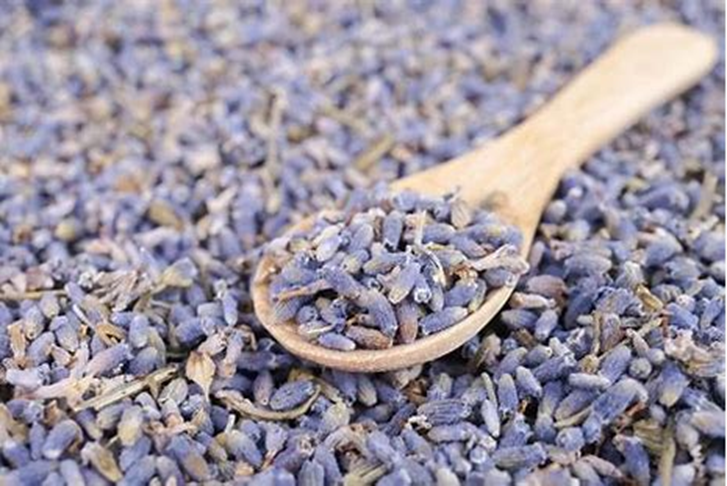A nurse is planning to perform an electrocardiogram (ECG) for a client who has a history of coronary heart disease.
Which of the following actions should the nurse take? (Select all that apply.).
Keep the client NPO after midnight.
Inspect the electrode pads.
Instruct the client to breathe normally.
Administer an analgesic prior to the procedure.
Use alcohol to wipe the skin before placing the electrodes.
Correct Answer : B,C,E
Choice A rationale:
Keeping the client NPO after midnight is not necessary for an ECG. It is a non-invasive procedure that does not require fasting.
Choice B rationale:
Inspecting the electrode pads is important to ensure good contact with the skin and accurate readings.
Choice C rationale:
Instructing the client to breathe normally during the ECG helps to prevent artifacts in the tracing that could lead to misinterpretation.
Choice D rationale:
Administering an analgesic prior to the procedure is not necessary. An ECG is a painless procedure.
Choice E rationale:
Using alcohol to wipe the skin before placing the electrodes can improve the quality of the ECG by reducing skin impedance.
Nursing Test Bank
Naxlex Comprehensive Predictor Exams
Related Questions
Correct Answer is D
Explanation
Choice A rationale:
Cardiac output is the amount of blood the heart pumps through the circulatory system in a minute. It is not the volume of blood ejected from the ventricles during each beat.
Choice B rationale:
The cardiac cycle refers to the sequence of events that occur when the heart beats. It is not the volume of blood ejected from the ventricles during each beat.
Choice C rationale:
Systole is the phase of the heartbeat when the heart muscle contracts and pumps blood from the chambers into the arteries. It is not the volume of blood ejected from the ventricles during each beat.
Choice D rationale:
Stroke volume is the volume of blood ejected from the ventricles during each beat. This is the correct answer.
Correct Answer is D
Explanation
Choice A rationale:
Orange essential oil is known for its uplifting and worry-reducing properties, not necessarily for promoting sleep.
Choice B rationale:
Ginger essential oil is often used for its anti-inflammatory properties and can help with digestion, but it doesn’t directly promote sleep.
Choice C rationale:
Peppermint essential oil is commonly used for its refreshing and invigorating properties, not for sleep promotion.
Choice D rationale:
Lavender essential oil is widely recognized for its calming and soothing properties, which can promote sleep.

Whether you are a student looking to ace your exams or a practicing nurse seeking to enhance your expertise , our nursing education contents will empower you with the confidence and competence to make a difference in the lives of patients and become a respected leader in the healthcare field.
Visit Naxlex, invest in your future and unlock endless possibilities with our unparalleled nursing education contents today
Report Wrong Answer on the Current Question
Do you disagree with the answer? If yes, what is your expected answer? Explain.
Kindly be descriptive with the issue you are facing.
